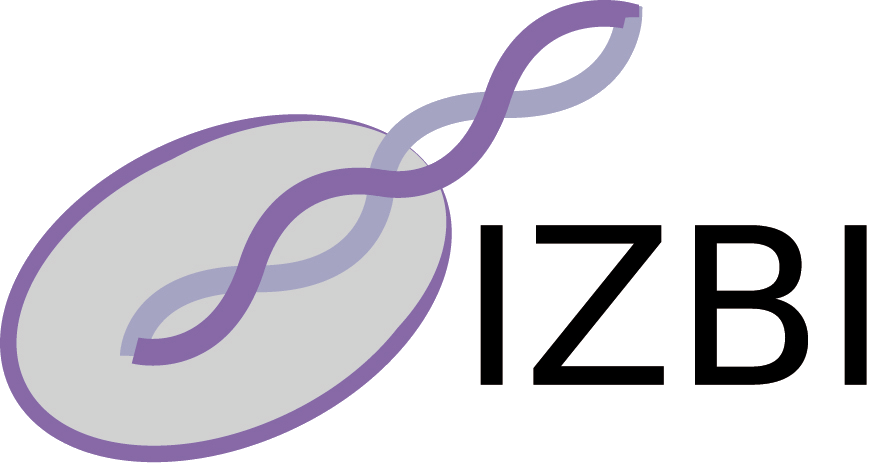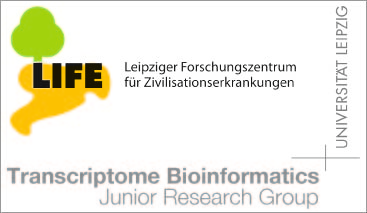Publications - Published papers
Please find below publications of our group. Currently, we list 565 papers. Some of the publications are in collaboration with the group of Sonja Prohaska and are also listed in the publication list for her individual group. Access to published papers ( ) is restricted to our local network and chosen collaborators.
If you have problems accessing electronic information, please let us know:
) is restricted to our local network and chosen collaborators.
If you have problems accessing electronic information, please let us know:
 ) is restricted to our local network and chosen collaborators.
If you have problems accessing electronic information, please let us know:
) is restricted to our local network and chosen collaborators.
If you have problems accessing electronic information, please let us know:©NOTICE: All papers are copyrighted by the authors; If you would like to use all or a portion of any paper, please contact the author.
Evidence for independent Hox gene duplications in the hagfish lineage: A PCR-based gene inventory of Eptatretus stoutii
Peter F. Stadler, Claudia Fried, Sonja J. Prohaska, Wendy J. Bailey, Bernhard Y. Misof, Frank H. Ruddle, Günter P. Wagner
Download
Status: Published
Mol Phylogenet Evol. 32(3):686-94 (2004).
Abstract
Hox genes code for transcription factors that play a major role in the development of all animal phyla. In invertebrates these genes usually occur as tightly linked cluster, with a few exceptions where the clusters have been dissolved. Only in vertebrates multiple clusters have been demonstrated which arose by duplication from a single ancestral cluster. This history of Hox cluster duplications, in particular during the early elaboration of the vertebrate body plan, is still poorly understood. In this paper we report the results of a PCR survey on genomic DNA of the pacific hagfish Eptatretus stoutii. Hagfishes are one of two clades of recent jawless fishes that are an offshoot of the early radiation of jawless vertebrates. Our data provides evidence for at least 33 distinct Hox genes in the hagfish genome, which is most compatible with the hypothesis of multiple Hox clusters. The largest number, seven, of distinct homeobox fragments could be assigned to paralog group 9, which could imply that the hagfish has more than four clusters. Quartet mapping reveals that within each paralog group the hagfish sequences are statistically more closely related to gnathostome Hox genes than with either amphioxus or lamprey genes. These results support two assumptions about the history of Hox genes: (1) The association of hagfish homeobox sequences with gnathostome sequences suggests that at least one Hox cluster duplication event happened in the stem of vertebrates, i.e., prior to the most recent common ancestor of jawed and jawless vertebrates. (2) The high number of paralog group 9 sequences in hagfish and the phylogenetic position of hagfish suggests that the hagfish lineage underwent additional independent Hox cluster/-gene duplication events.
Keywords
Eptatretus stoutii, Hox genes, PCR survey, vertebrate evolution















